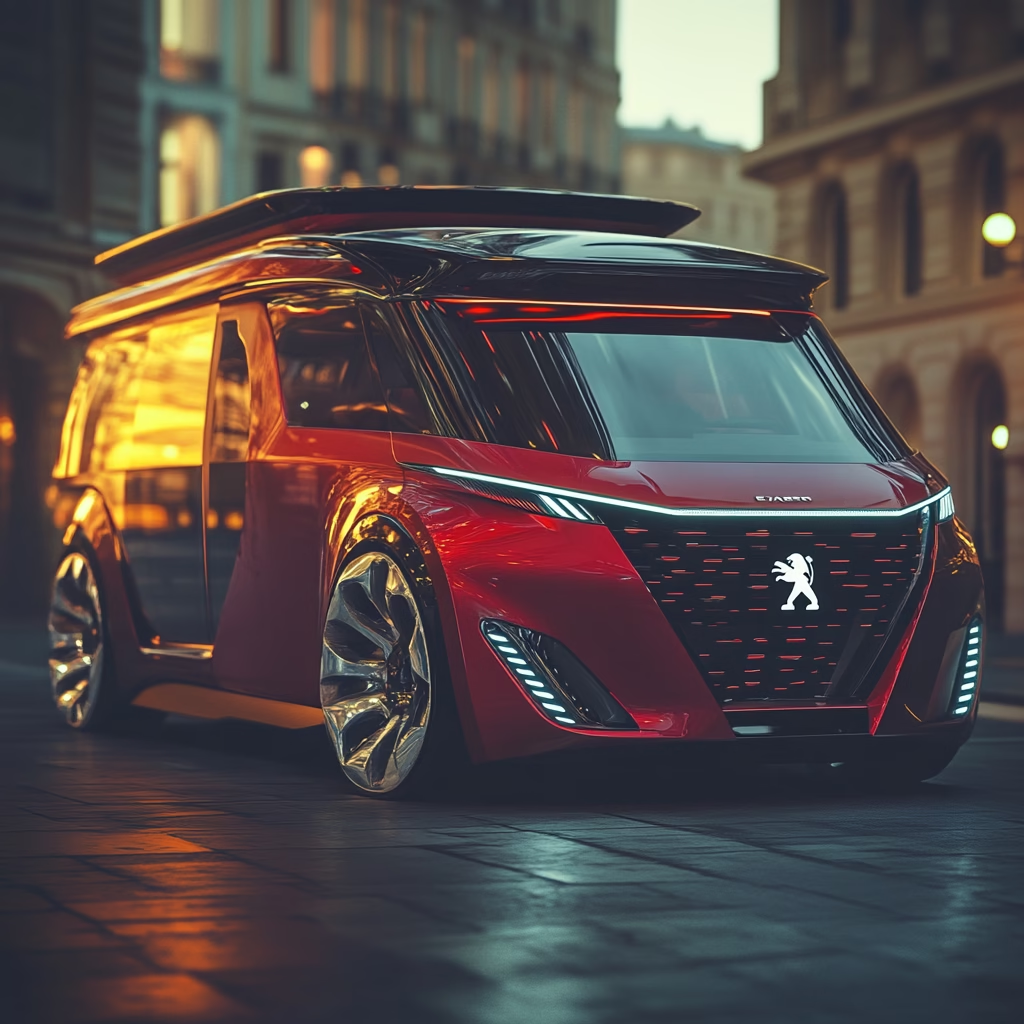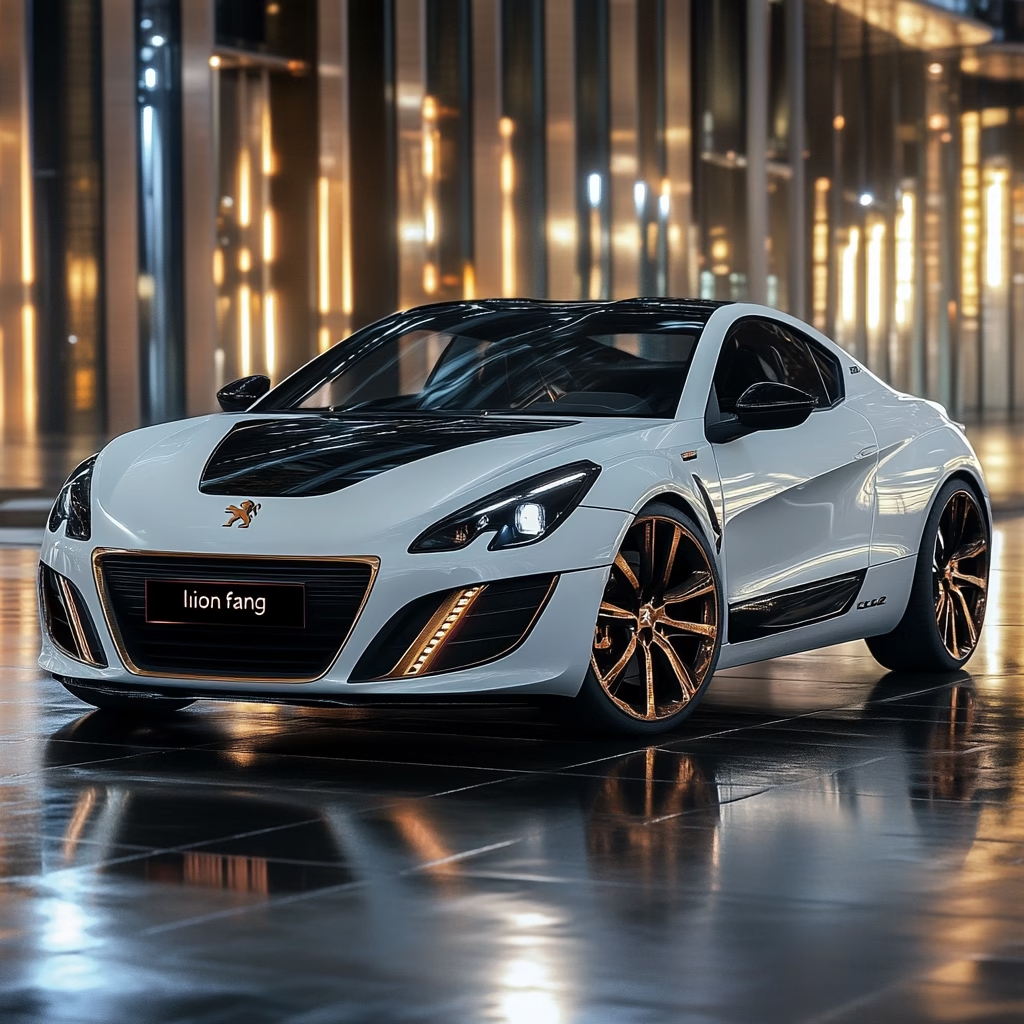The automotive landscape of the 1990s and early 2000s saw a significant shift in consumer preferences, with multi-purpose vehicles (MPVs) gaining tremendous popularity among families seeking spacious, practical transportation. Among these family-oriented vehicles, the Peugeot Evasion emerged as a notable contender, offering European styling, versatile functionality, and a driving experience that set it apart from many competitors in its class. This comprehensive look at the Peugeot Evasion explores its development, features, market impact, and legacy as one of the defining family vehicles of its generation.
The Birth of the Peugeot Evasion
The Peugeot Evasion made its debut in 1994 as Peugeot’s answer to the growing demand for spacious family vehicles. Developed as part of a joint venture between PSA Peugeot Citroën and the Fiat Group, the Evasion shared its platform with three sister models: the Citroën Synergie/Evasion, Fiat Ulysse, and Lancia Zeta. This collaborative approach to vehicle development, known as the Eurovan project, allowed the manufacturers to share development costs while creating vehicles with distinct brand identities.
In various markets, the Peugeot Evasion was known by different names, including the Peugeot 806 in the United Kingdom and some other European countries. Despite the naming variations, the vehicle maintained its core identity as a spacious, versatile MPV designed primarily for family use.
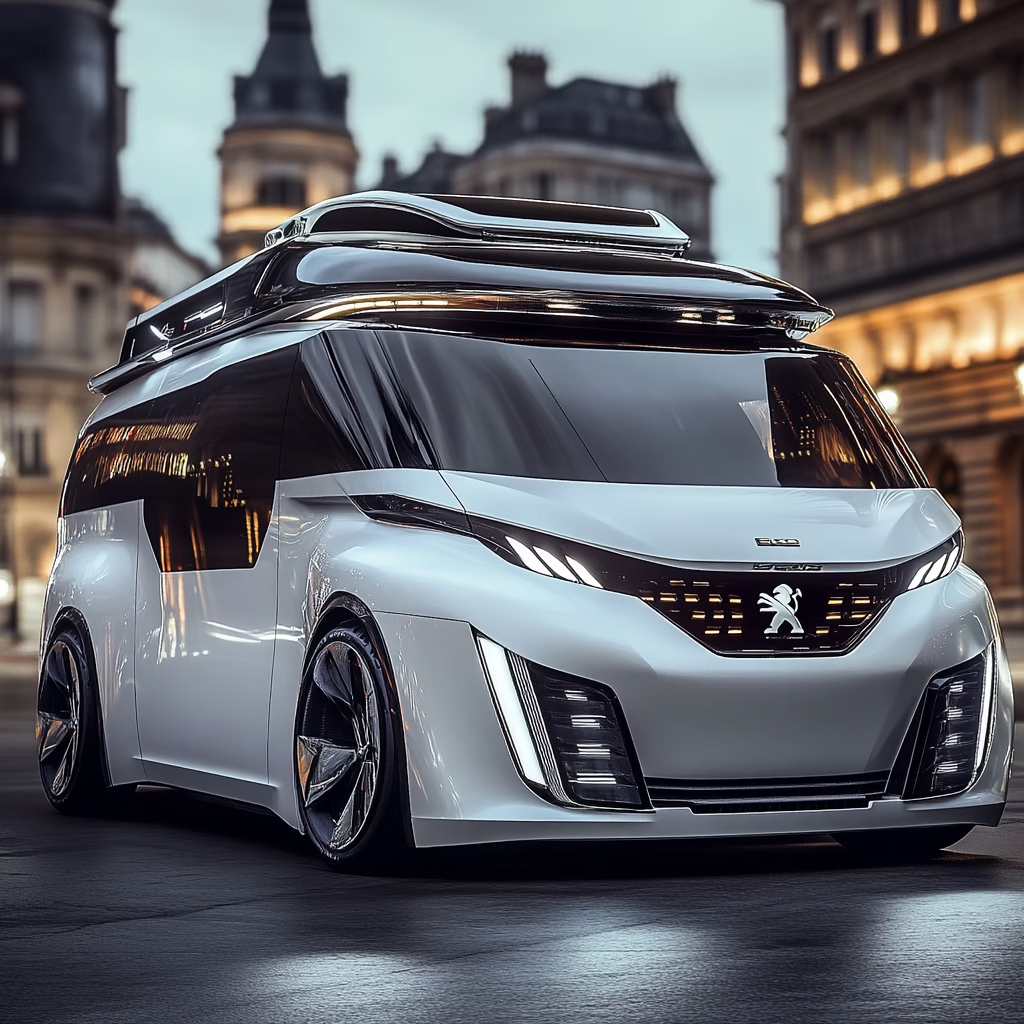
Design and Exterior Features
The Peugeot Evasion featured a distinctive exterior design that balanced practicality with aesthetic appeal. Its tall, boxy profile was typical of MPVs of the era, prioritizing interior space and visibility. The front end showcased Peugeot’s design language of the time, with a prominent grille featuring the iconic Peugeot lion emblem.
With sliding rear doors on both sides—a feature that would later become standard in many MPVs—the Evasion offered practical access to the rear seats, especially useful in tight parking spaces. This thoughtful design element made the vehicle particularly appealing to families with young children, as it facilitated easier access for car seat installation and child entry and exit.
The Evasion’s dimensions were substantial but not unwieldy, allowing it to remain manageable in urban environments while providing the interior space needed for family transport. The relatively short hood and large windshield contributed to excellent forward visibility, an important safety feature for a family vehicle.
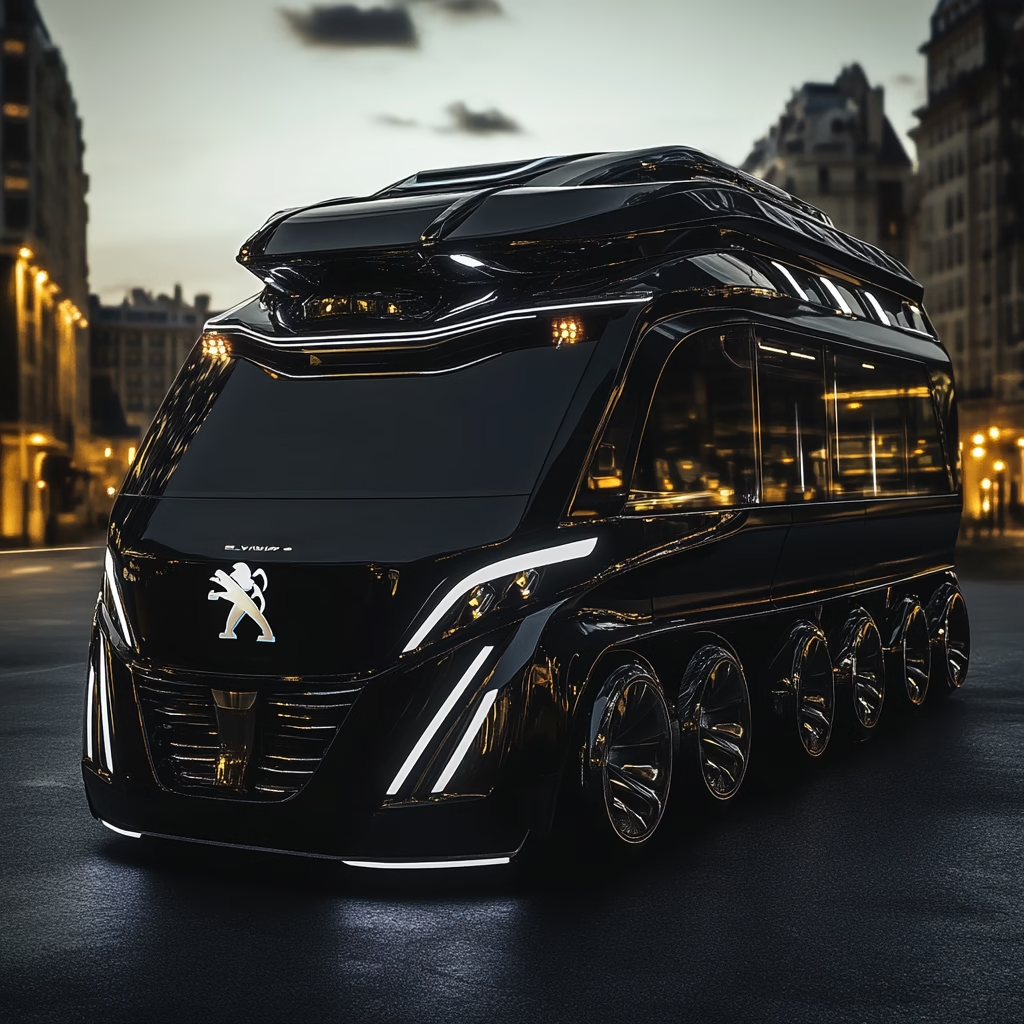
Interior Space and Versatility
Where the Peugeot Evasion truly excelled was in its interior design and versatility. Available in both five and seven-seat configurations, the vehicle offered remarkable flexibility for families of various sizes. The interior featured a modular seating arrangement that could be adjusted to accommodate passengers or cargo as needed.
The second and third rows of seats could be folded, removed, or repositioned to create different layouts. This adaptability allowed the Evasion to serve as everything from a spacious five-seater with ample luggage space to a seven-passenger vehicle for larger families or group outings. With all rear seats removed, the Evasion transformed into a capable cargo hauler, offering van-like utility when needed.
The high roof line provided excellent headroom for all passengers, while the large windows created an airy, open cabin atmosphere. This design not only enhanced comfort but also reduced the likelihood of motion sickness—a common concern for children on longer journeys.
Storage solutions were abundant throughout the cabin, with numerous bins, cubbies, and compartments designed to hold everything from travel essentials to children’s toys. The thoughtful placement of these storage options helped families stay organized on the road, a significant benefit for long-distance travel.
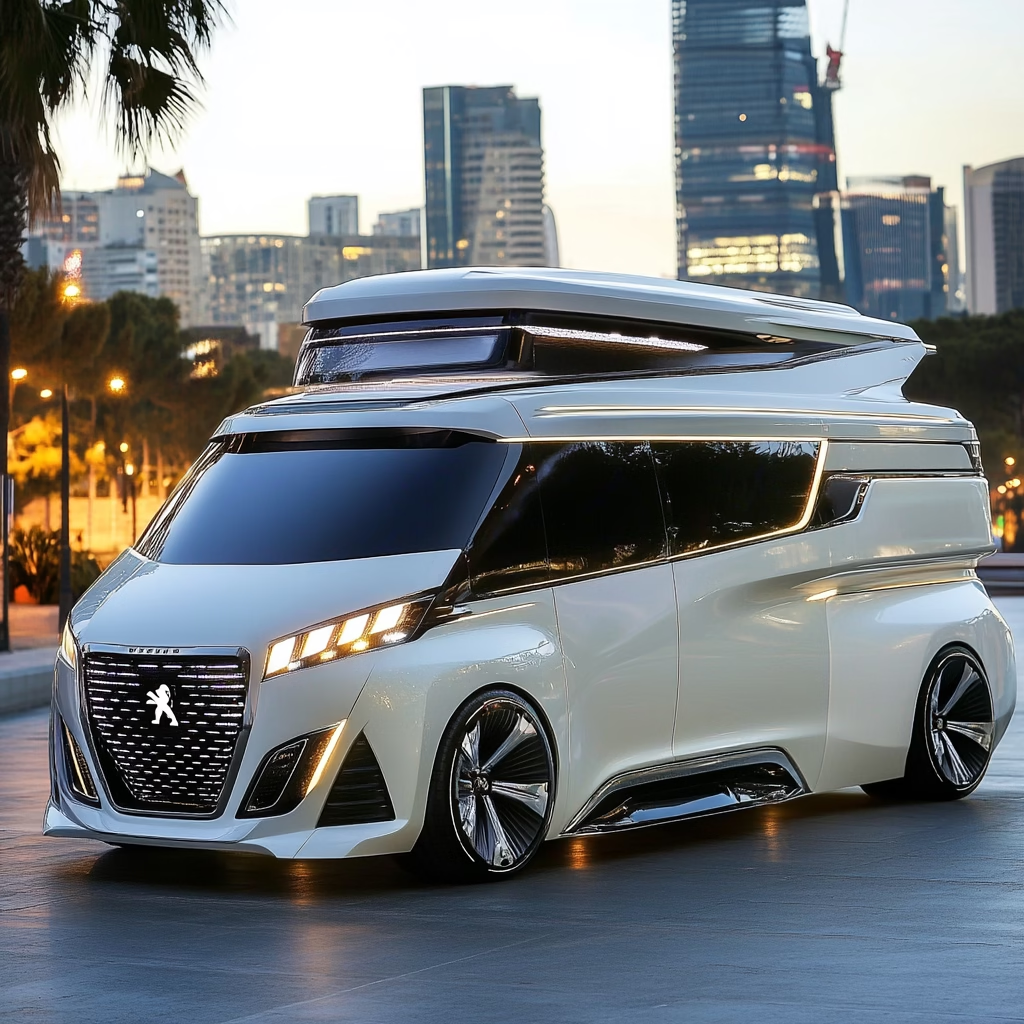
Power and Performance
The Peugeot Evasion offered a range of engine options throughout its production run, catering to different market preferences and driving needs. The lineup typically included both petrol and diesel variants, with the diesel options proving particularly popular in European markets where fuel economy was a priority.
Early models featured 1.8 and 2.0-liter petrol engines, along with a 1.9-liter turbo diesel. As the model evolved, more powerful options became available, including a 2.0-liter turbo petrol engine that delivered enhanced performance for a vehicle of its size. The diesel lineup was later expanded to include 2.0 and 2.1-liter units, offering improved efficiency and torque.
While the Evasion was not designed as a performance vehicle, it offered respectable handling characteristics for its class. The front-wheel-drive layout provided predictable road manners, and the suspension was tuned to balance comfort and control. This approach resulted in a vehicle that was composed on highways and manageable on winding roads, despite its relatively high center of gravity.
Transmission options typically included five-speed manual gearboxes, with automatic transmissions available on select models. The manual transmissions were generally preferred for their direct feel and contribution to fuel efficiency, though the automatics offered convenience for urban driving.
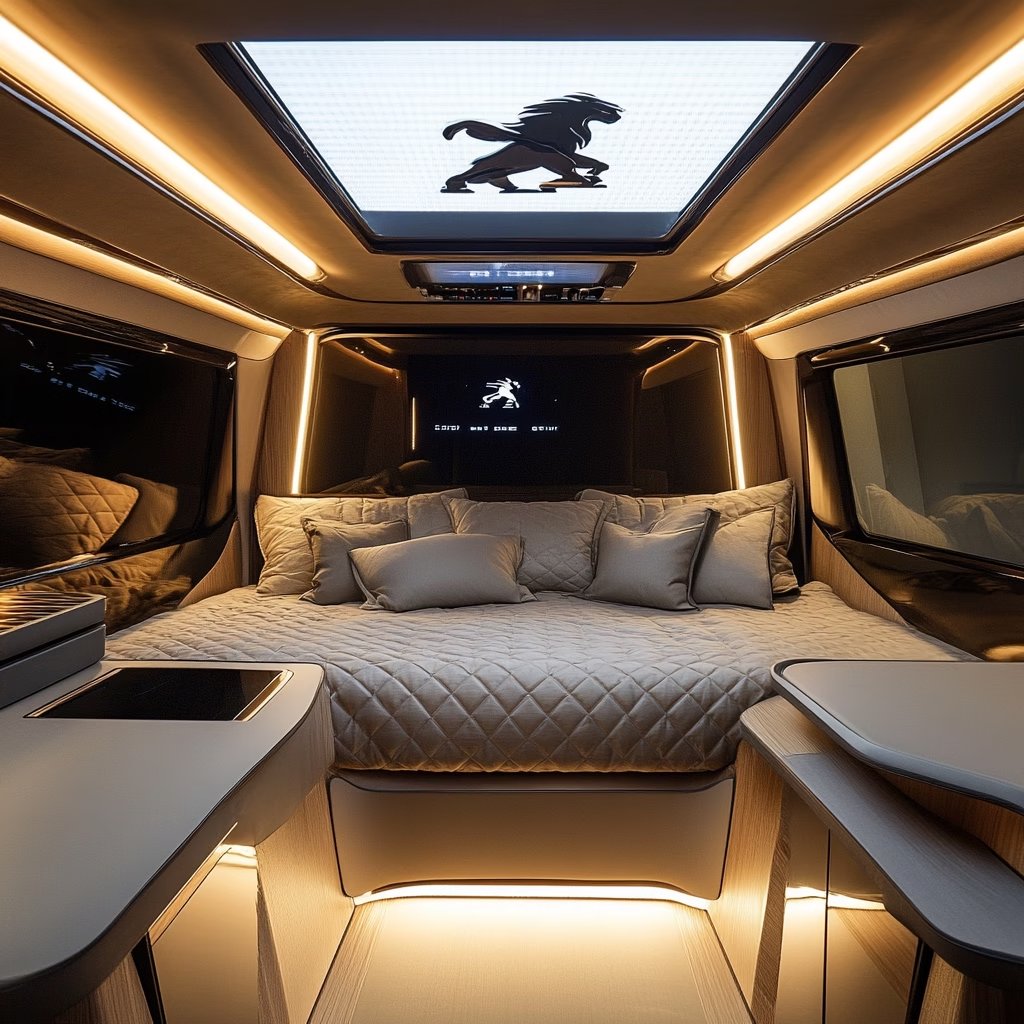
Comfort and Convenience Features
The Peugeot Evasion was designed with family comfort as a priority, offering a range of features that enhanced the traveling experience. The climate control system, with options for dual-zone operation in higher trim levels, maintained a comfortable cabin environment regardless of external conditions. Rear passengers benefited from separate ventilation controls, allowing for personalized comfort settings.
Seating comfort was a notable strength, with supportive seats that remained comfortable on longer journeys. Higher trim levels offered upgraded upholstery materials and additional adjustability for the front seats, including armrests and lumbar support.
Entertainment options evolved throughout the Evasion’s production run, beginning with basic radio systems and progressing to include CD players and, in later models, provisions for connecting portable devices. Some premium variants featured rear entertainment systems, a valuable feature for keeping children occupied on extended trips.
Safety Considerations
Safety features in the Peugeot Evasion reflected the standards and technologies of its era. Driver and front passenger airbags were standard in most markets, with side airbags available in later models or higher trim levels. Anti-lock braking systems (ABS) were included to maintain steering control during emergency braking situations.
The Evasion’s body structure incorporated reinforced impact zones to protect occupants in the event of a collision. Child safety was addressed with provisions for child seat anchoring points, reflecting the vehicle’s family-oriented design philosophy.
While the Evasion’s safety features would be considered basic by modern standards, they represented a comprehensive approach to passenger protection for a vehicle of its time. The combination of active and passive safety systems provided families with a level of security that was competitive within its class.
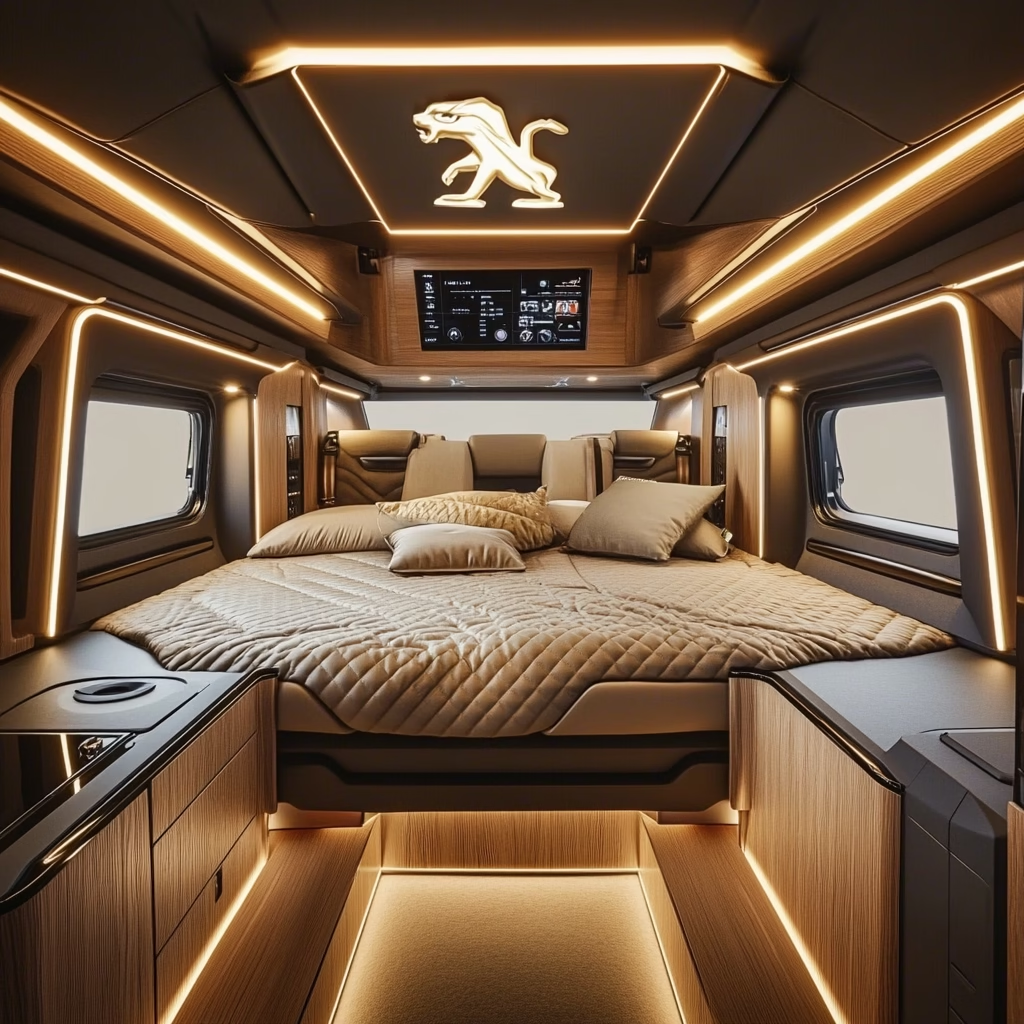
Market Reception and Legacy
Throughout its production run from 1994 to 2002, the Peugeot Evasion established itself as a respected option in the European MPV market. It competed successfully against rivals like the Renault Espace, Volkswagen Sharan, and Ford Galaxy, offering a distinctive blend of versatility, comfort, and value.
The Evasion’s appeal extended beyond traditional family buyers to include businesses seeking comfortable transportation for executives or clients. Its flexible interior made it suitable for a wide range of uses, contributing to its commercial success across various market segments.
In 2002, the Evasion was succeeded by the Peugeot 807, which built upon its predecessor’s strengths while introducing more modern styling and enhanced features. Nevertheless, the Evasion’s influence on Peugeot’s approach to family vehicles remains evident in subsequent models, particularly in the emphasis on interior flexibility and passenger comfort.
Conclusion
The Peugeot Evasion represents an important chapter in the evolution of family vehicles, bridging the gap between traditional passenger cars and more utilitarian vans. Its thoughtful design, versatile interior, and focus on passenger comfort established a blueprint that would influence MPV development for years to come.
For families who owned an Evasion, the vehicle often became more than just a means of transportation—it served as the setting for countless memories, from daily school runs to vacation adventures. This emotional connection explains why many Evasion owners developed a strong attachment to their vehicles, with some families choosing to replace their aging Evasions with newer models from the same lineage.
Today, while the Evasion itself has been superseded by newer designs, its legacy lives on in the continued popularity of versatile family vehicles. The principles that guided its development—practicality, versatility, and family-focused design—remain relevant in the contemporary automotive landscape, even as consumer preferences have shifted toward crossovers and SUVs.
For those interested in automotive history or seeking a practical classic vehicle, the Peugeot Evasion offers an intriguing blend of utility and period charm. While it may not command the same collector interest as sportier or more exotic vehicles, the Evasion represents an authentic piece of everyday automotive history—a faithful servant to the families who relied on it for their transportation needs during a formative period in MPV development.


